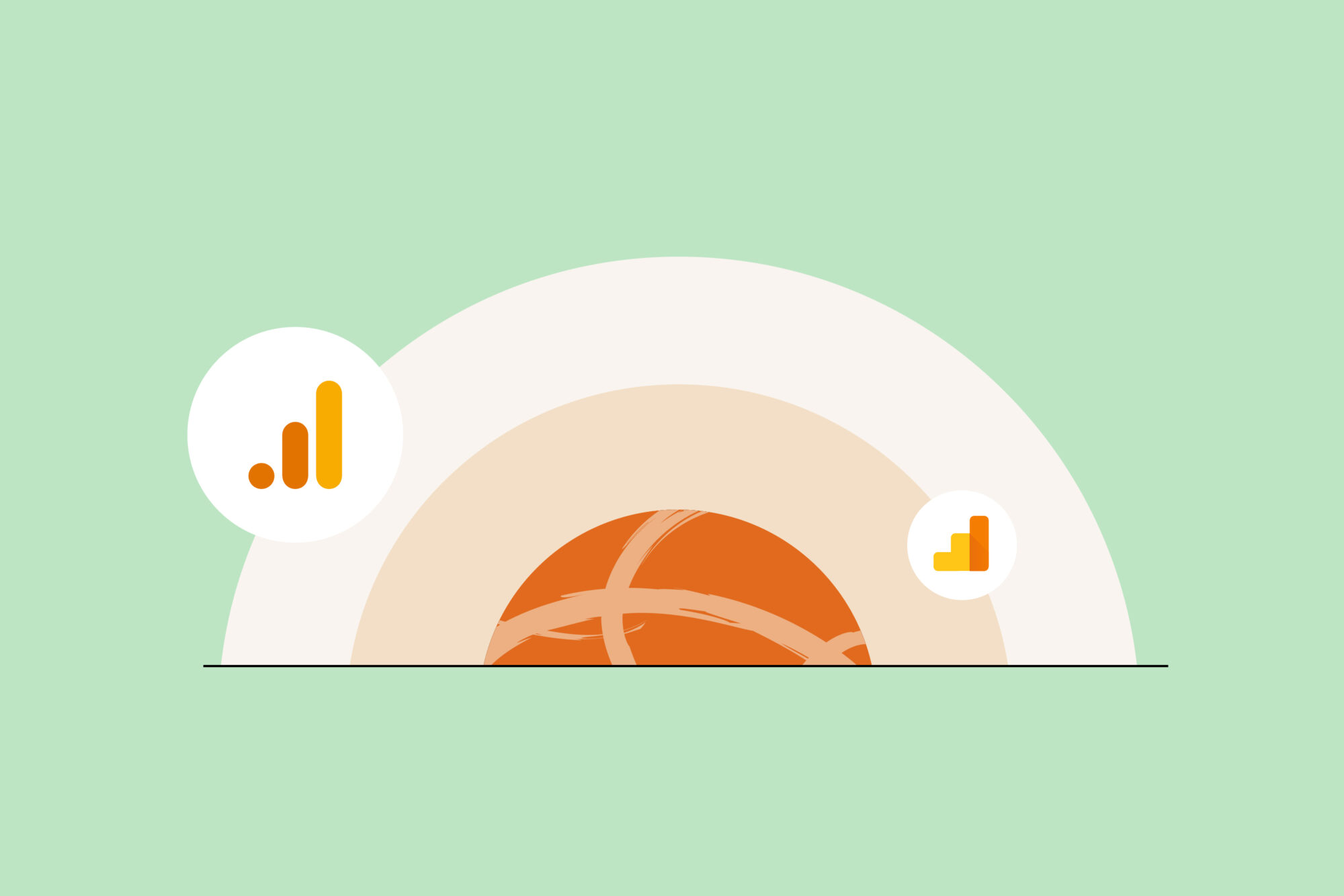Google’s Quality Score update: Are your landing pages costing you?

Google has once again refined its Quality Score algorithm, and this time, the focus is squarely on landing page navigation. Here’s what you need to know to make sure your landing pages aren’t costing you.
Quality Score (QS) has always been determined by a combination of expected click-through rate, ad relevance, and landing page experience. With this latest update, the weight has shifted significantly towards landing pages. This is a change that impacts advertisers across the board – even if your keywords and ads are unchanged, you may notice shifts in your Quality Score and associated CPCs.
What do you need to watch out for?
- Keywords that previously had a high QS and low CPC may now experience increased costs and a reduction in QS if the landing page navigation isn’t great.
- The change affects all search advertisers across both branded and generic search queries.
- Media efficiency could suffer as a result; if your CPCs rise while budgets remain fixed, your traffic volume will decline.
What we’ve seen in action
Unfortunately, we witnessed the impact of this change firsthand when one of our clients recently experienced a sudden and unexpected increase in brand CPCs, accompanied by a drop in QS.
At first, we took all the usual steps to optimise the campaign – we adjusted keyword relevance, refined ad copy and tweaked bid strategies – but saw no improvement. So we took a deeper look. It soon became clear that due to Google’s algorithm update, the issue wasn’t actually the campaigns, it was the landing pages. We collaborated with our SEO team to provide our client with guidance on improving their site navigation and the overall landing page experience.
As a result, we anticipate not only a recovery in CPCs and Quality Score, but also broader performance improvements across all marketing channels thanks to what is now a more user-friendly experience.
What you need to do to stay ahead
To safeguard your campaigns, it’s essential to take a closer look at your landing pages.
Here’s how you can address the update:
- Audit your landing pages – Don’t assume that past performance guarantees future success. Identify keywords that have seen drops in QS and assess the navigability of their corresponding landing pages.
- Work with your agency – Collaborate with your digital marketing team to pinpoint high-impact areas for improvement, focusing on the biggest QS fluctuations and CPC increases.
- Follow SEO best practices – Ensure clear site architecture, easy-to-follow navigation, and a seamless user experience to align with real user needs and Google’s crawler’s expectations.
- A/B test landing pages – Experiment with different landing page configurations to determine which design elements contribute to higher QSs and lower CPCs.
Key takeaways
- Landing page user experience (UX) has always been a core success factor for performance – but now it matters even more.
- If you notice CPC increases and QS decreases, don’t just rely on traditional campaign optimisations. Look at how you can adjust and improve your landing pages.
- A better user experience doesn’t just impact your QS and ad costs, it can improve user conversion rates on sites across all traffic sources.
- This change ultimately benefits users by prioritising advertisers who provide a seamless, well-structured browsing experience.
By taking action based on the changes to Google’s Quality Score calculation, you can maintain efficiency, control costs and improve the overall performance of your campaigns.
If you need any support or guidance, get in touch with our team today – we’re always happy to help!


